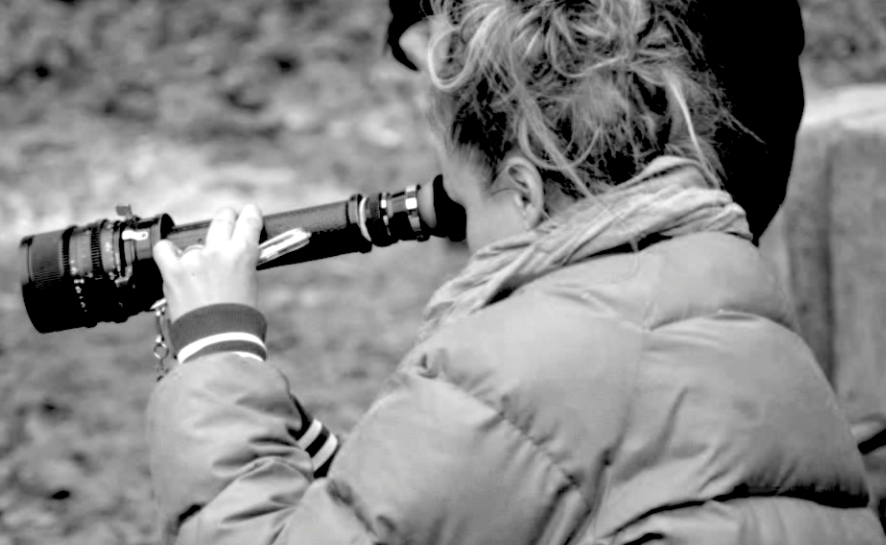Name: Mischa Jakupcak
City: Seattle
What do you do? Filmmaker and production company co-founder, working in the field of cinematic virtual reality.
Why is Washington State a great place to film?
I have worked in film for over 12 years, always in the Northwest. Having lived on both sides of the state, first in Seattle, then for several years in Spokane and now back in Seattle, I can vouch for the talent and caliber of the film and television communities across the state.
What do you enjoy most about the work that you do? About being on set?
There is no other industry that requires such deep collaboration from such a diverse array of people. From lighting technicians, sound mixers, makeup and wardrobe designers, actors and crew. No other art mixes photography, music, writing, acting and business in the same way. I thrive on set, love juggling several logistical and technical challenges, and being a part of what I think is the best art form around.
How has the incentive program played a part in your career growth?
I started working before the incentive existed, and at that time, I had to take film jobs in Montana and Portland to stay busy enough. Over the years, I’ve worked on over 30 films, 10 of which were supported by the film incentive. If you added the budgets of the incentive-supported films I’ve worked on, I’d conservatively estimate the total at $28 million. That’s a lot. I also co-founded a cinematic virtual reality (VR) company called Mechanical Dreams, which produced seven short VR pieces, including Tracy Rector’s Ch’aak’ S’aagi, the first indigenous directed VR piece to be made in the United States and one of five VR pieces selected to show at Toronto International Film Festival, and Little Potato, a short documentary directed by Wes Hurley and Nathan Miller which just won Grand Jury Prize at SxSW 2017.
What would you like legislators to know about the incentive renewal?
As the Virtual Reality and Augmented Reality (VR/AR) industries bloom, Washington State has a huge opportunity to become a world leader in the new tech markets. VR/AR resides at the intersection of so many mammoth industries including healthcare, education, commerce/advertising, not to mention entertainment in video games and films. Because Google, Microsoft, Valve, Facebook and Amazon all have a physical presence in the state, there is no reason that the workforce from the film industry shouldn’t triple and quadruple in the coming years to accommodate the needs for new media and its giant demand for content. Now is the moment to act and prepare to be a part of the future of storytelling. Renewing and expanding the film incentive is one solid first step towards realizing our potential to be world leaders in new media, while also improving our local economy and creating jobs at home.
What would happen to your film career or future work prospects if it were to go away?
I have already had to start developing international contacts to produce content in Canada, China and Korea. If the incentive goes away, in order to continue working in film, television and VR, I will undoubtedly need to leave Seattle much more frequently. And that’s a shame because I have a daughter, a husband and an entire network of colleagues on either side of that state that I would prefer to be doing business with. When the incentive is active, there is no question that we as producers are able to bring more projects to the state. When it has been inactive, those productions go to other states or Vancouver, BC.
Photo Credit: Kimberly Hardy
